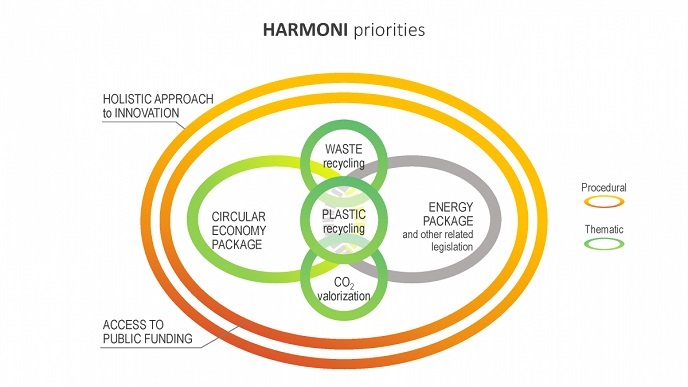Feasibility of underground carbon capture and storage in low temperature basalts
Carbon capture and storage (CCS) in the deep subsurface is a promising mitigation solution to reduce anthropogenic CO2 emissions into the atmosphere. The efficiency of CCS was evaluated at the pilot CO2 injection site CARBFIX1 associated with the Hellisheidi geothermal powerplant where the CARBFIX(opens in new window) consortium study CO2 storage in mafic (magnesium- and iron-rich) rocks. The EU-funded DARK ENERGY (Subsurface microbial contribution to dark CO2 fixation in geological storage sites. Community structure and dynamics) initiative set out to better understand the function of planktonic microbial communities inhabiting the storage aquifer in relation to carbon, sulfur, iron and nitrogen cycles and assess their reactivity following gas injections. The research team also studied the community structure and dynamics of the biofilms and endeavoured to describe the microbial-mineral interactions during mineral dissolution and potential CO2 precipitation. The team previously found that there was a diverse and abundant community of bacteria before the injections. They discovered a large proportion of Proteobacteria and Actinobacteria, as well as microorganisms belonging to the phyla Nitrospirae, Bacteriodetes and Chlorobi. The researchers found that deep ecosystems are quickly responsive to field operations associated with CO2 injections. Acidifying CO2-charged groundwaters result in a marked decrease in microbial richness while lithoautotrophic iron-oxidizing betaproteobacteria together with degraders of aromatic compounds bloom, hence impacting the redox state of the aquifer and the carbon fate. They showed in particular that host-basalt dissolution was key in releasing nutrients and energy sources sustaining autotrophic and heterotrophic growths with possible consequences of the stimulated microbial activities on mineral storage. DARK ENERGY studied the microbial communities in the groundwater, and found that microorganisms are also present as biofilms on the surface of the rocks. The project found that the biofilms form complex and diverse communities that can fixate CO2, and directly affect how the whole system functions. This initiative has shown that microbial communities in basaltic environments are highly impacted by gas injections and CCS activity with possible consequences on the mineral storage efficiency. These results will contribute to the development of CO2 fixation technology within the EU. Before this initiative, the contribution of microorganisms to carbon storage had not been considered and integrated in geochemists’ predictive models. These results provide valuable information on the microbial potential for direct or indirect CO2 fixation that can now be incorporated in future research.







